Powder Coating Troubleshooting Guide
Chapter Eleven: Powder Curing Process
|
Baking Needs for Powder Coatings
Thermoplastic Powders:
Thermoset Powders:
Although the bake/cure process generally follows after the coating is applied, there are instances when it’s preferable to heat the substrate first.
|
Factors Affecting Cure

Recommended cure times are based on time at METAL TEMPERATURE. |
Stages of Cure Development
Melt point:
- Powder particles begin changing from a solid to semi-liquid state.
Flow stage:
- Powder is fully liquefied, reaching lowest viscosity, allowing film to smooth out
Cross linking stage:
- Sufficient, sustained heat triggers large scale reaction within film, initial steps to total chemical/physical change of product
Gel stage:
- When sufficient crosslinking has occurred, for solidification of the film from a liquid to a solid
Cure development:
- The final, and most critical stage when baking results in reaction of majority of crosslinking sites and development of full design properties
Typical Cure Development
| % Cure Properties | 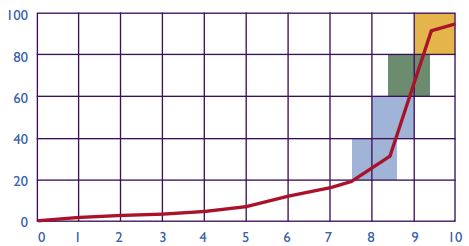 |
| Cure Time (minutes) |
Importance of Metal Thickness
| Metal Temperature (°F) |  |
| Oven Time (minutes) |
Bake Oven Designs and Energy Consumption
|
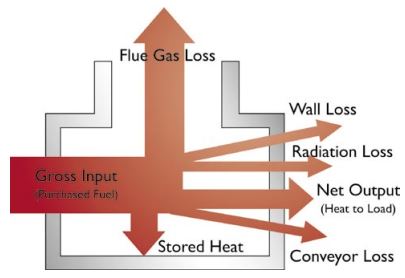 |
IR Curing Sources
Different wave lengths have different curing properties to be considered.
|
The Frequency Spectrum
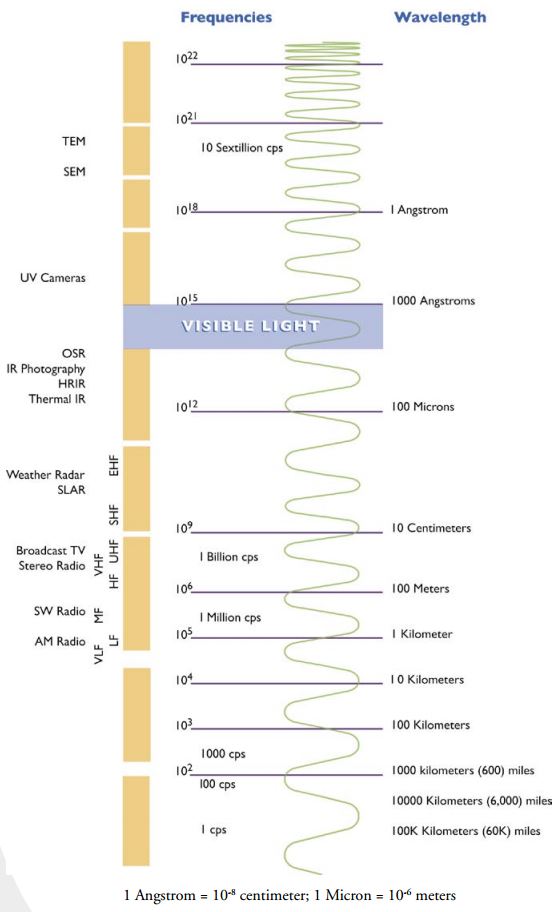
The Frequency Spectrum
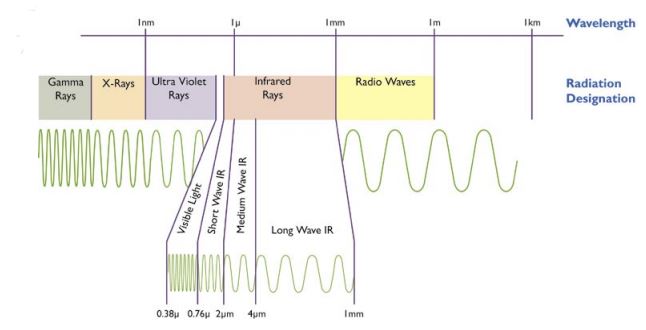
Optimum Infrared Wave Lengths
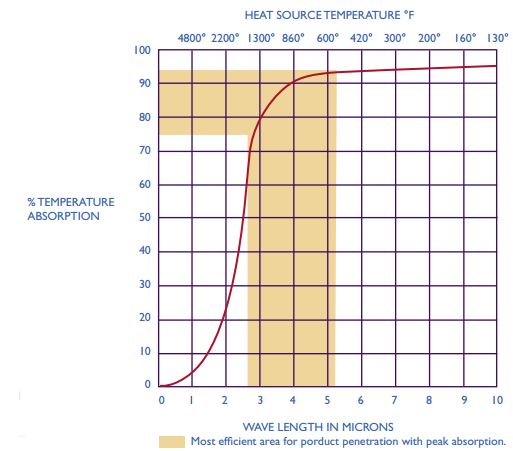
Other Chapters
- Early Powder Coatings, Uses, and Types
- Manufacturing of Powder Coatings
- Powder Chemistries, Formulations, Comparisons, and Uses
- Comparisons to Liquid Coatings
- Measuring Up the Product
- Pretreatment
- Powder Application Methods and Equipment
- Powder Coating Recovery Equipment
- The Electrostatic Charge Process
- Powder Application Tips
- Safety Issues With Powder Coatings
- TCI Troubleshooting Guide
- Glossary of Industry Related Terms
